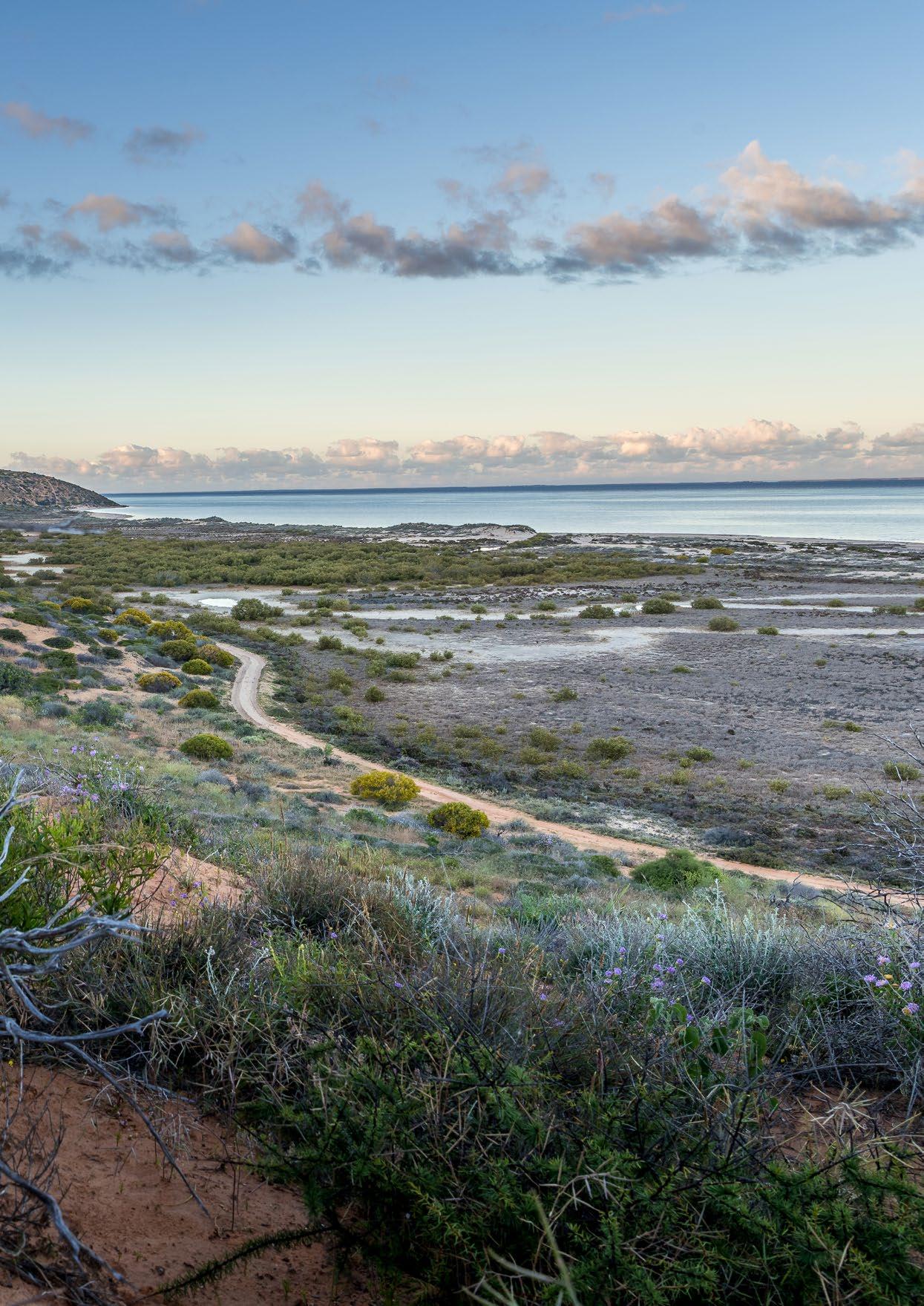Respecting Yamatji and Marlpa Country, Culture and People for a better Future
A guide to visiting and working in YMAC’s representative areas


A guide to visiting and working in YMAC’s representative areas

GERALDTON
144 Flores Rd
Webberton WA 6530
PO Box 2119
Geraldton WA 6531
Phone: (08) 9965 6222
PORT HEDLAND
8 Manganese St Wedgefield WA 6721
PO Box 2252
South Hedland WA 6722
Phone: (08) 9160 3800
BROOME
Shop 2/24 Clementson St Broome WA 6725
PO Box 2059 Broome WA 6725
PERTH
Level 8, 12 The Esplanade Perth WA 6000
PO Box 3072, 249 Hay St East Perth WA 6892
Phone: (08) 9268 7000
FREECALL: 1800 270 709
EMAIL: enquiries@ymac.org.au
WEBSITE: ymac.org.au ICN 2001
Front cover image: Wajarri Country
Back cover image: Nanda Country
Ge ra ldto n RATSIB
Pilbara RATSIB YM AC Repres entative Areas
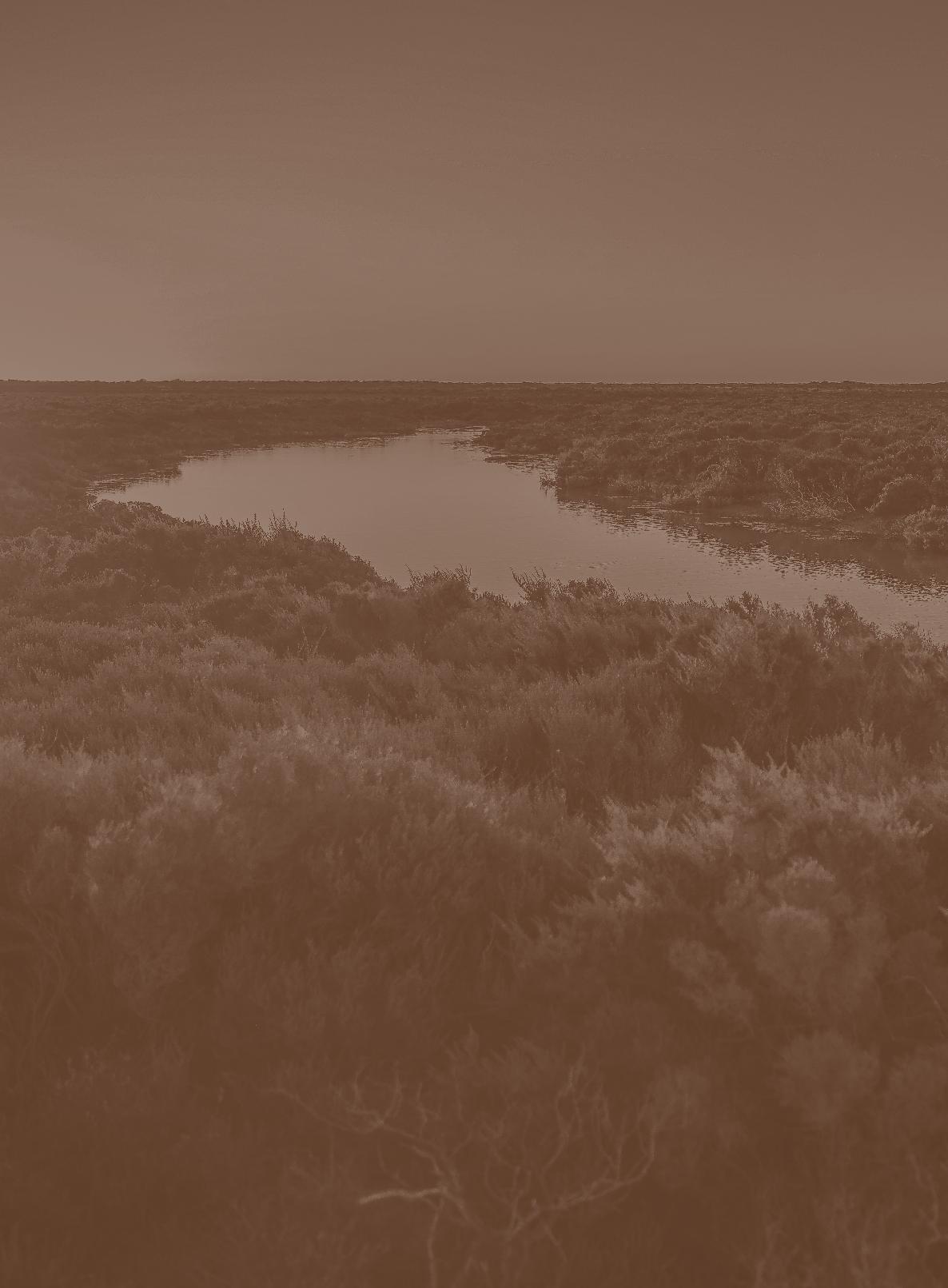
This publication is produced by Yamatji Marlpa Aboriginal Corporation (YMAC). It has been informed by Traditional Owners and custodians from our representative areas: the Mid West, Murchison, Gascoyne and Pilbara regions of Western Australia. It is intended to help inform others who are visiting and/or working in these areas to do so respectfully, with an increased awareness of cultural sensitivities and practices.
This guide should be viewed as a general, brief introduction, which covers some basic yet key aspects of First Nations peoples’ cultural perspectives and protocols from these areas. It should not, however, be used in lieu of any direct advice that may be provided by individual language groups and/or their representative organisations (e.g. the relevant Prescribed Body Corporate (PBC)).
Cultural protocols and rules can vary greatly between regions as well as individual communities, and respect and preference should be given to any such related requests made of those visiting and/or working in these areas by the relevant Traditional Owners and custodians, PBC, etc.
A simple rule to always follow: if in doubt, ask!
You can contact YMAC, and our staff will assist you and/or best direct your query.
Alternatively, you can search for other representative organisations’ contact information on the Office of the Registrar of Indigenous Corporations (ORIC) website: www.oric.gov.au.
Please be advised, this publication may contain images and names of deceased people. YMAC sincerely apologises for any distress this may cause.
Country is our mother, our provider and keeper of our cultural belongings. Culture and Country go together. You can’t have one without the other.

YMAC respectfully acknowledges the Traditional Owners and custodians throughout Western Australia and on whose Country we work.
We acknowledge and respect their deep connection to their lands and waterways.
We honour and pay respect to Elders and to their ancestors who survived and cared for Country.
Our offices are located on Whadjuk Country, Southern Yamatji Country, Yinggarda Country, Kariyarra Country, and Yawuru Country.
We recognise the continuing culture, traditions, stories and living cultures on these lands and commit to building a brighter future together.
Yinggarda Country
Australia is home to the oldest continuous living culture in the world – ten times older than the ancient Egyptian pyramids – and we all have a role to play in its protection, conservation and celebration.
The connection to Country for First Nations peoples comes from their traditional laws and customs involving their culture, spirituality, language, lore, family and identity. They have been caring for Country for millennia. This stems from a land-centred view of society, a deep understanding of the environment, and the continuity of Dreamtime and creation stories.
Under Aboriginal Lore, there are consequences for breaking obligations to care for Country and protect sacred sites.
Under government legislation, there are penalties for disturbing or damaging cultural heritage sites.
Further, demonstrating respect to First Nations peoples and their cultural protocols – especially as the owners and custodians of the Country on which we live, work and visit – is critical in our shared journey towards greater understanding and reconciliation.
It is YMAC’s hope that this introductory guide provides some insight to the rich diversity and related protocols of the Traditional Owners and custodians from within our representative areas, as well as the fundamental importance of Aboriginal cultural heritage, observations, and practices more generally.

This section discusses cultural protocols to be aware of in YMAC’s regions. Not every protocol will apply to every group. Always ask for advice if you are unsure.
Different people have cultural responsibilities over different parts of Country. When talking about going onto Country, ask to make sure you know the right person to speak to about that part of the land.
Elders are traditional custodians, recognised by their people as holders of special knowledge about Country, traditions and more. Show them respect. Listen carefully to what they have to say. Where possible, ask to be introduced to everyone; if not possible, introductions should be done with discretion so as not to create a perception that some people are more important than others.
Avoid tight or revealing clothing; pants or skirts that fall below the knee are generally fine. Always be mindful of the local environment and weather conditions, and dress accordingly.
People will often need to travel several days for Sorry Time (i.e. during the period of mourning following someone’s death, as well as for funerals, which often take place on a Friday) and Lore Business (i.e. cultural ceremonies generally held November–February, though exact times differ year to year).
Some cultural groups will have specific places they will travel to for these practices. It is important not to disturb people during these times and when they are at these places. Always avoid planning meetings, surveys, etc. during these times and be prepared for activities to be cancelled due to these reasons.
During a mourning period, some people will not eat certain foods like red meat, including kangaroo, or fish. Keep in mind that people might have certain medical conditions such as diabetes that affect their diet. People may refuse food for these reasons, so it’s good to ask beforehand what people can and can’t eat. Be sure to have a variety of food available if catering for a meeting, survey, field trip, etc.
Some people may not be able to speak or look directly at one another out of a deep respect for their cultural relationship. For example, some people may not be able to sit together at a meeting, go on a survey together, or share the same car. Seek advice before encouraging a spread-out group of people to come closer together in a meeting setting and/or when organising travel/logistics, as there may be avoidance relationships you are unaware of.
Certain cultural knowledge, sites, practices and activities can be restricted by gender. When this happens, they will often be referred to as Men’s Business or Women’s Business and can lead to restrictions (e.g. on what can and can’t be seen or experienced) or certain ways of doing things. These beliefs should not be undermined – to many Aboriginal people, breaches of such obligations can have serious cultural/spiritual consequences.
Acknowledging Traditional Owners and custodians and their Country
Acknowledging Traditional Owners and custodians and their Country is a way of showing respect and goodwill. Read more on this in “Meeting and consulting with Traditional Owners and custodians”.
It is natural for many people to reach out and shake hands, especially when meeting for the first time. For some Traditional Owners and custodians however, having someone hold out their hand for a handshake can make them feel uncomfortable. It is recommended you wait for someone to reach their hand to you first.
Some people are unsure as to whether eye contact is appropriate or not. There are similar protocols in both of YMAC’s Yamatji and Marlpa regions, with most people being okay with eye contact. It is of course something that should be gauged when meeting someone for the first time. You will be able to tell by their body language or how the other person is responding, and you can adjust your behaviour accordingly.
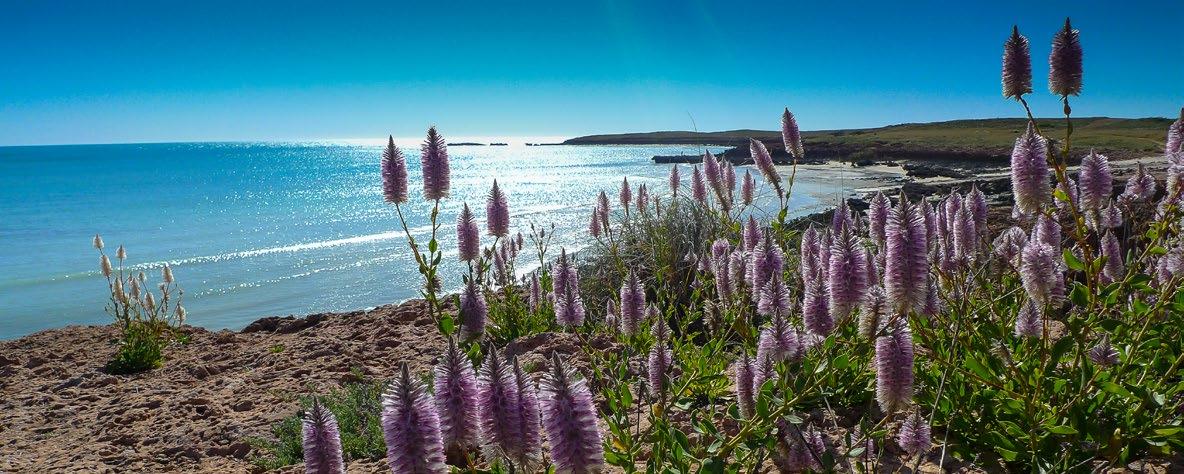

As a general courtesy, always ask people’s permission before taking photographs. One way of doing this is to ask for people to join you in another area if they would like to be part of a photo.
If you intend to use a photograph in a publication, online or for any public purpose, you need to seek permission from the people involved.
Images of Country (landscapes) and photos of art, carvings, artefacts, etc. can be culturally sensitive and may also require permissions depending on the circumstances in which they were taken (e.g. a heritage survey). Be sure to seek advice prior to using any such photographs.
Additionally, please be aware that taking photographs, recordings or footage of Aboriginal heritage sites for commercial reproduction or publication requires a permit under Regulation 10 of the Aboriginal Heritage Act 1972 (WA) and Aboriginal Heritage Regulations 1974 (WA).
Note: Photographs, film and voice recordings of deceased persons can cause great distress. For this reason, it is important to get permission for each publication, even if permissions for a photograph may have been given in the past. Applying suitable warnings is also strongly recommended.
Enjoying the natural beauty and assets of our regions can be an unforgettable experience. It is important, however, to be mindful of your potential impacts. This section discusses some of the dos and do nots when being out on Country, to help ensure you have a safe and pleasant time.
• Plan the activities you intend to carry out in advance, so your footprint on Country is minimal. Where possible, seek advice from the Traditional Owners and custodians through the relevant representative body to ask what activities are deemed to be inappropriate and whether you will need permission to do certain things, e.g. filming, taking photos, camping, fishing, etc.
• Do not take anything away from Country, including rocks and shells, and especially stone tools and artefacts, unless you have permission to do so.
• If you come across cultural materials, such as artefacts or artworks, do not touch, pick up or remove them. If you do pick something up, make sure you put it back where you found it.
• Do not intentionally disturb sites by walking or driving over them. Make sure to leave scarred trees alone. Set up tents or caravans away from these kinds of sites.
• Do be respectful of the natural environment. Take your rubbish with you and keep rivers and creeks unpolluted.
• Avoid disturbing the ground by sticking to established tracks.
• Do not remove or damage any flora or fauna and leave earth undisturbed. These are all part of Country and interfering with them is akin to disturbing artefacts or sites.
• Do respect the confidentiality of sites, places or other information given to you by Aboriginal people.
• If for any reason you are given cultural material, such as artefacts, tools or other objects, or if you discover an Aboriginal site or place, you should inform the relevant Traditional Owners and custodians/ PBC as soon as possible. YMAC can assist directing inquiries to the appropriate people, if needed.
• If you are aware of any Aboriginal cultural material being disturbed, inform the appropriate Traditional Owners and custodians/PBC, or YMAC, as well as the Western Australian Department of Planning, Lands, and Heritage (DPLH), as quickly as possible. DPLH’s Investigation Unit can be reached via phone (08 6551 8002) or email (investigations@dplh.wa.gov.au).
If you are going to an area and are not sure if it might contain Aboriginal sites, check DPLH’s Aboriginal Cultural Heritage Inquiry System (ACHIS) available at: http://tinyurl.com/3cvet45y
Penalties apply for damaging sites – see “Offences and penalties” – so a quick check online can help you avoid unknowingly damaging a site.
Note: The ACHIS can help you to avoid accidentally damaging known sites, however, be aware that not all sites are listed; unregistered sites are afforded the same protections should you come across them while on Country.

As detailed in the below extract, it is an offence under section 17 of the Aboriginal Heritage Act 1972 (WA) to disturb Aboriginal sites or cultural material, and offenders can face penalties, including prosecution (section 57). Inform anybody you suspect to be disturbing cultural material of the legislation and report the disturbance (potential or actual) to DPLH (via phone (08 6551 8002) or email (investigations@dplh.wa.gov.au)), who can investigate the matter.
A person who —
a) excavates, destroys, damages, conceals or in any way alters any Aboriginal site; or
b) in any way alters, damages, removes, destroys, conceals, or who deals with in a manner not sanctioned by relevant custom, or assumes the possession, custody or control of, any object on or under an Aboriginal site, commits an offence unless he is acting with the authorisation of the Registrar under section 16 or under a consent given under section 18(3)(a).
A person who commits an offence against this Act for which no penalty is specifically provided is liable, on summary conviction —
a) in the case of an individual, to -
i) for a first offence, $20 000 and imprisonment for 9 months; and
ii) for a second or subsequent offence, $40 000 and imprisonment for 2 years, and in any case, to a daily penalty of $400; and
b) in the case of a body corporate, to -
i) for a first offence, $50 000; and
ii) for a second or subsequent offence, $100 000, and in any case, to a daily penalty of $1 000.
If you discover skeletal remains, or remains that could be human, you must not disturb or remove them – as is required by law – and you should not photograph them.
Instead, immediately inform the Western Australian Police and appropriate Traditional Owners and custodians/PBC of the discovery and its location.
• Legislation and cultural obligations can work in tandem to successfully minimise, and in some cases avoid, disturbance to Aboriginal sites, cultural material, and the environment.
• Disturbance to Aboriginal sites or places isn’t necessarily always physical; noise, dust and encroachment of infrastructure can also cause disturbance.
• Environmental disturbance can affect Aboriginal sites and places, and can be indirect; e.g., interrupting or altering the flow of water courses, or destroying certain animal habitats or plant species.
• Disturbance to the ground water, ground surface or other landscape features can also have adverse impacts, even if no Aboriginal sites or cultural material are recorded at the location/s.
• Seek advice from Aboriginal people and qualified professionals, such as archaeologists and anthropologists, to help develop management plans for Aboriginal cultural heritage.
• Make avoiding Aboriginal sites a priority when planning development projects, and develop programs to conserve Aboriginal sites in project areas.
• Develop plans for comprehensive environmental management that incorporate Aboriginal knowledge and values.
• Ensure employees and contractors are trained in and aware of obligations under the Aboriginal Heritage Act 1972 (WA).
• Develop cultural awareness training programs with local Aboriginal people. YMAC can assist with this.
• Try to speak with and involve local Aboriginal communities in your work at all stages.
In addition to observing the earlier advice provided in this guide, the ways and means of engaging with Traditional Owners and custodians are critical in achieving mutually beneficial outcomes.
When working with First Nations peoples in a meeting or consultation setting, respectful conduct and a sincere approach to fostering genuine partnerships can go a long way.
Further, early engagement is also key in ensuring productive relationships and assists in adhering to the principles of free, prior and informed consent (FPIC).
Be considerate of Sorry Time and Lore Business. Provide sufficient notice periods and participation opportunities for attendees.
Also, be mindful that PBCs are often not funded or resourced to address matters outside of basic governance compliance, so you may be asked to provide a contribution payment towards the facilitation of the meeting.

Be sure to ask the meeting organisers and/or key attendees if there are any sensitivities to be aware of, including topics, questions or any names that are not okay to say. Seek advice on any pronunciations – especially words in the local language – you are not sure of.
Different PBCs will have their own engagement protocols ahead of meetings. However, as a general rule, any presentations or handouts should not include unnecessarily complex jargon, or use any culturally sensitive terms (including names of people who have passed away) or images.
Be clear and concise in your communications.
All text should be in a reasonable size font.
During the opening proceedings of a meeting, it is recommended a moment’s (e.g. one minute) silence be held to recognise and honour those who are deceased.

A Welcome to Country is a formal ceremony conducted at the commencement of a meeting. It should be delivered at large, significant events and meetings, and can only be conducted by an Elder (or nominated First Nations person) of the Country where the gathering is taking place. These presentations have a long tradition among First Nations peoples and can include addresses in both the local language and English. They may be accompanied by traditional performances, such as singing, dancing and a smoking ceremony.
When an Elder (or nominated First Nations person) is unavailable to conduct the Welcome to Country, an Acknowledgment of Country may be offered instead.
For advice on identifying someone to conduct a Welcome to Country, contact the relevant PBC in the first instance.
An Acknowledgment of Country is a formal means to recognise the Country that a meeting/event is being held on and pay respects to the Traditional Owners and custodians of that land. Such an address should be given at the beginning of a meeting when an Elder (or nominated First Nations person) of the Country where the gathering is taking place is not available to deliver a Welcome to Country, OR if the meeting is of a smaller and/or informal nature.
The person delivering the Acknowledgment of Country does not need to be an Elder or a First Nations person. However, it is most important that they deliver the message meaningfully and sincerely.
Further, it is also appropriate and respectful for an Acknowledgement of Country to take place in addition to a Welcome to Country. The acknowledgement can be made in response to and thanking the person for their welcome.
• Introduce yourself and provide a brief overview of your work history, mention where you grew up and if you have visited the Country where the meeting is taking place before.
• When addressing a meeting, be straightforward in your presentation and give clear answers to questions. Avoid using overly technical jargon, acronyms, etc., whenever possible.
• Apply active listening throughout the meeting: listen to understand, not just to respond; seek confirmation you have correctly understood what has been shared.
• Be aware that yes/nodding or silence doesn’t always mean agreement.
• You may be asked to leave the room while the other attendees discuss your presentation amongst themselves and seek agreement on responses.
• Give the meeting attendees an opportunity to consider the information and ask any questions. Don’t be disheartened if there are no questions, they may be asked to the PBC’s advisors once you leave the room.

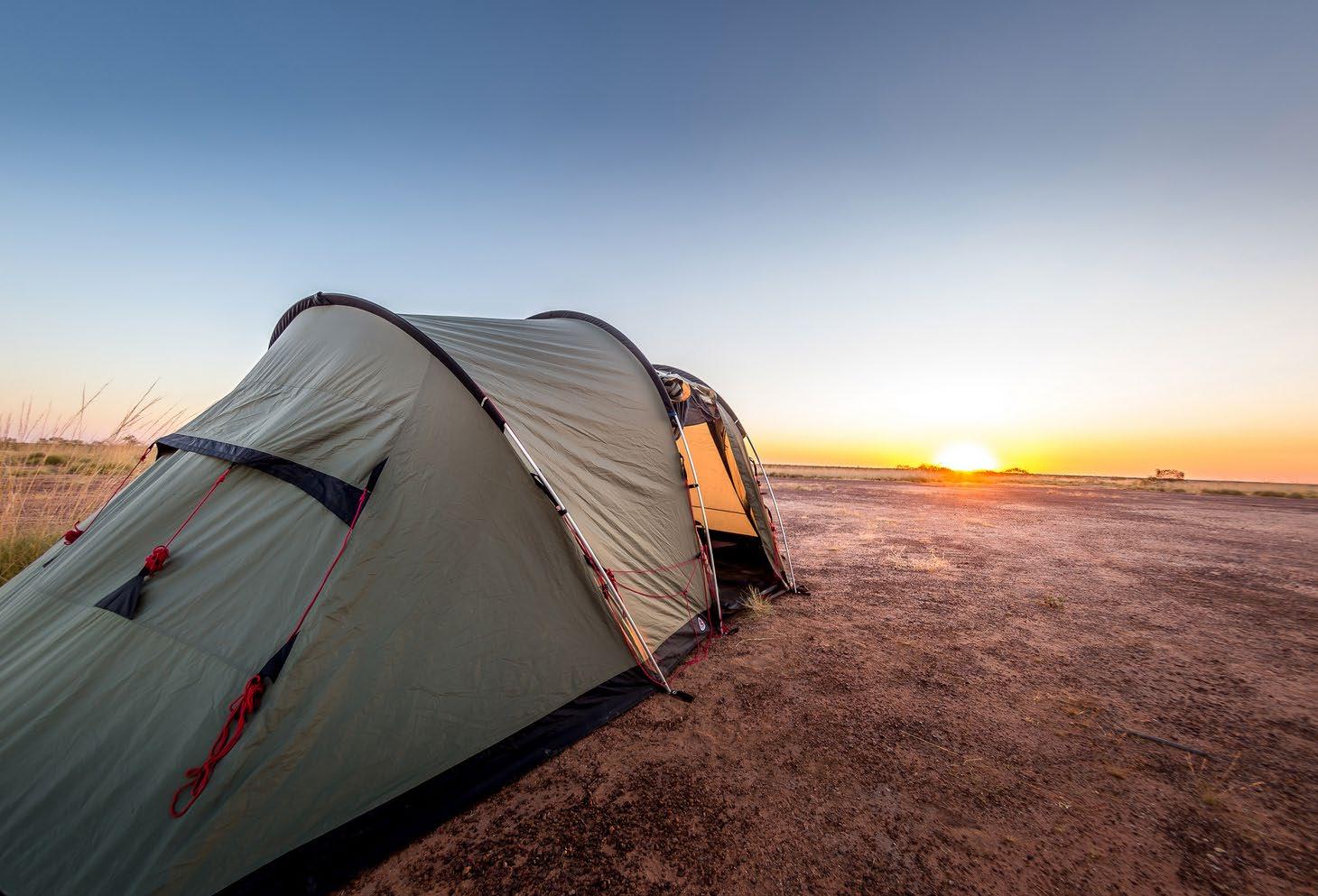
After a meeting, confirm you have the right understanding of the meeting outcomes, e.g. check with the meeting organisers, key spokespeople, etc. It may be necessary for them to speak with other attendees after the meeting to get feedback and responses. Seek input on how attendees felt the meeting went and ask for feedback to see if there is anything you could do differently next time.
Regarding any follow up correspondence, refer to the relevant PBC’s ‘Communications Protocol’ (if available) to identify who the most appropriate person is to contact. For example, some PBCs will consider it inappropriate for you to directly engage with individual directors, preferring all communications be addressed to their Contact Person or Chairperson. If in doubt, ask the PBC before sending.
Decision making can take time. It might take several weeks or more for people to come to the right decision on important issues. Meetings of the relevant board, claim group, Native Title Holders or other community representatives may need to take place before a decision can be made.
Make sure you plan for decision making time in your schedule. Rushing decisions or putting pressure on people can be counter-productive and may result in decisions that are not resilient and will result in wasted time in the long-term.
Under the Native Title Act 1993 (Cth) (NTA), YMAC is the Native Title Representative Body (NTRB) for the Pilbara, Mid West, Murchison and Gascoyne regions of Western Australia, encompassing a land mass of over 28% of the state. The total land and waters covered by YMAC’s representative areas is 1,248,292 square kilometres, within which are over thirty native title groups, each of whom have their own language, culture, traditions and protocols.
YMAC is a not-for-profit Aboriginal corporation, run by a First Nations board of directors, representing several native title groups drawn from our Pilbara and Yamatji Regional Committees, which are chosen by our members.
YMAC acknowledges and respects the self-determination of the First Nations peoples and organisations we work with each day. In doing so, we endeavour to strengthen the support we provide by listening and responding to their needs as they grow and evolve, to enable greater opportunities to nurture and manage Country.
YMAC also undertakes extensive advocacy work on behalf of Traditional Owners and custodians in our representative regions.
YMAC’s services include (but are not limited to):
• Legal advice and representation of Traditional Owner groups in obtaining and managing native title rights and interests.
• Anthropological services, including native title research.
• Cultural heritage services.
• Executive office, governance and administrative support to PBCs and Aboriginal corporations.
• Natural resource management support, including ranger programs and land and sea management programs.
• Social surroundings project facilitation and management.
• Land administration.
• Community and economic development assistance.
We accept the invitation contained in the Uluru Statement from the Heart and will continue to walk together with First Nations peoples in a movement of the Australian people for a better future.
YMAC’s Project Officers help ensure that the Traditional Owners and custodians we work with, as well as their Country and cultural heritage, are recognised and respected. Our Project Officers are vital to our organisation and they have many responsibilities. For example, they help to make sure that community understands how native title works and how people can participate in decision making. They also make sure other YMAC staff, the consultants we engage, and others we work with understand about community. Further, they play a very important role when it comes to fieldwork, making sure everything runs smoothly, and offering their support and advice at meetings and on-Country.
YMAC staff can also assist in identifying the appropriate PBC for Country. If you are unsure, contact your nearest YMAC office to discuss.
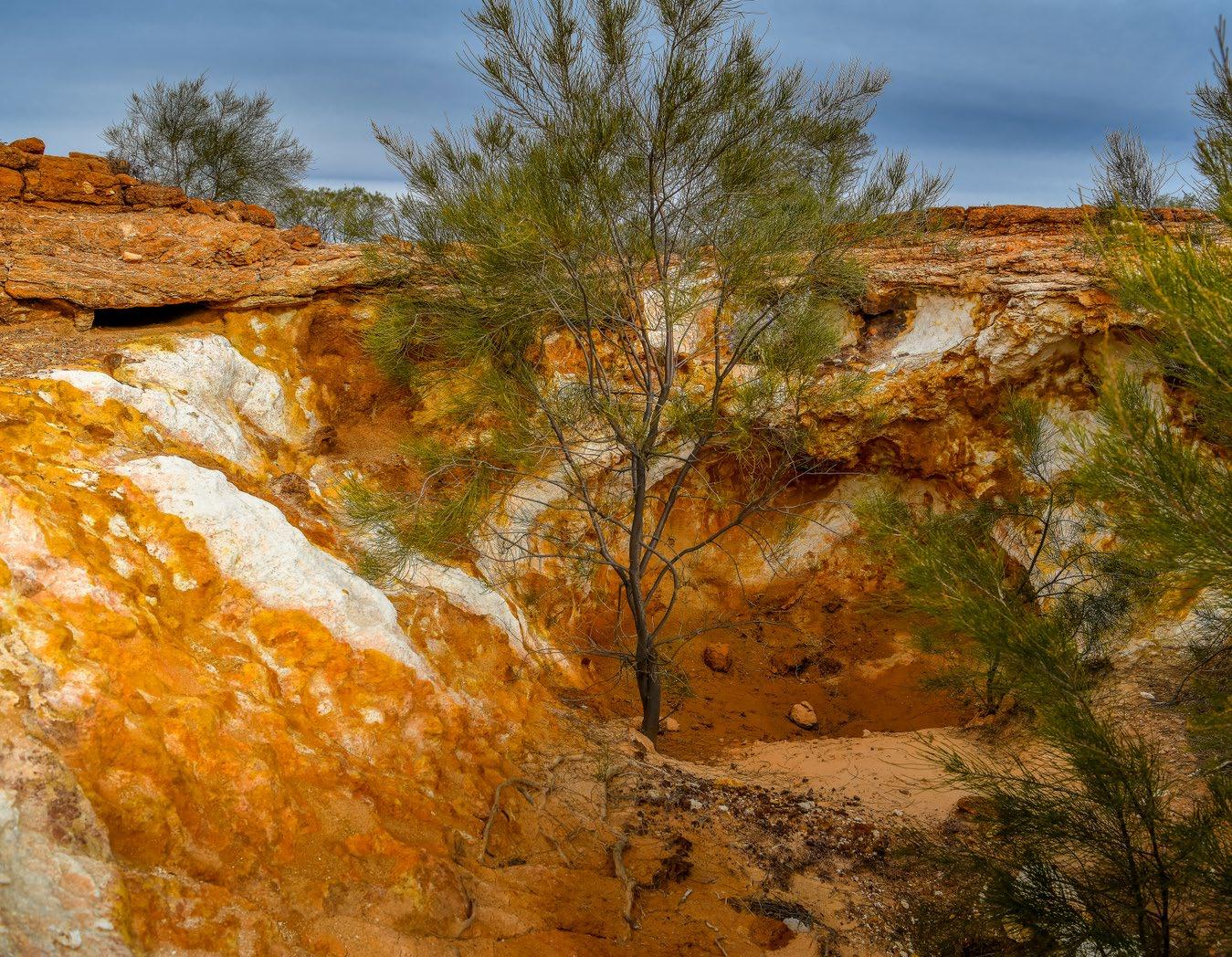
Following a positive determination of a native title claim, a corporation must be established to manage the native title rights and interests of the recognised ‘Native Title Holders’ (also referred to as ‘Common Law Holders’). These corporations are known as Prescribed Bodies Corporate, or ‘PBCs’. The PBC must then be registered with the National Native Title Tribunal (NNTT), following which it becomes a Registered Native Title Body Corporate, or ‘RNTBC’. Despite this distinction, the term ‘PBC’ is commonly used to refer to both PBCs and RNTBCs and is used as such in this guide.
Note, PBCs/RNTBCs are distinctly different to Native Title Representative Bodies (NTRBs)/Native Title Service Providers (NTSPs). NTRBs/NTSPs, such as YMAC, are organisations appointed under the Native Title Act 1993 (Cth) (NTA) to assist Traditional Owners and custodians with all aspects of their native title claims, both before and following a determination.
As defined by provisions in the NTA, an NTRB/NTSP receives Federal Government funding to support PBCs within its representative area with their native title obligations.
Further, throughout this guide, the terms ‘Aboriginal people’, ‘First Nations peoples’, and ‘Traditional Owners and custodians’ are used to refer to the first inhabitants of this country, and those with the authority to speak for their Country. Each reference holds its own weight and inference and are not always the preferred terms to be used by many individuals and/or groups.
It is strongly recommended you seek to identify the preferred terminology to be used by sincerely and respectfully asking the people you are engaging with.
ACHIS Aboriginal Cultural Heritage Inquiry System
Cth Commonwealth
DPLH Western Australian Department of Planning, Lands, and Heritage
FPIC free, prior and informed consent
NNTT National Native Title Tribunal
NTA Native Title Act 1993 (Cth)
NTRB Native Title Representative Body
NTSP Native Title Service Provider
ORIC Office of the Registrar of Indigenous Corporations
PBC Prescribed Body Corporate
RATSIB Representative Aboriginal/Torres Strait Islander Body
RNTBC Registered Native Title Body Corporate
WA Western Australia
YMAC Yamatji Marlpa Aboriginal Corporation

